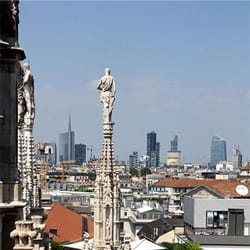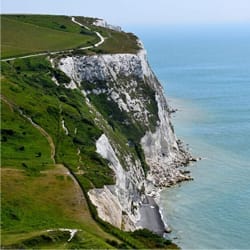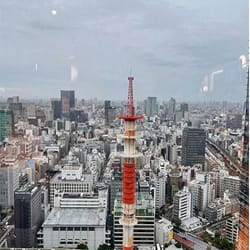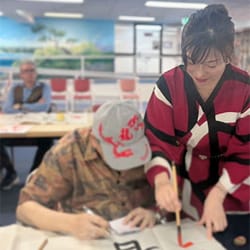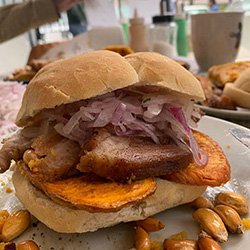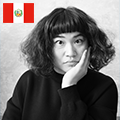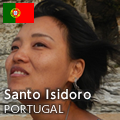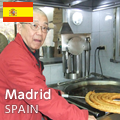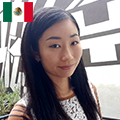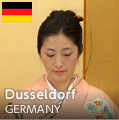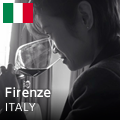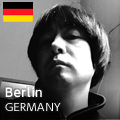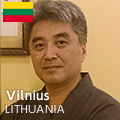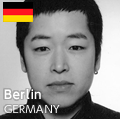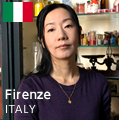Previously, I wrote about Madrid, the city of passion. However, as you probably know, “passion” is a term commonly applied to all of Spain, not just Madrid. Look at the pamphlets in any travel agency, and you will see passion tied to Spain, pathos to Portugal, and timelessness to China. For cities, London has its fog, Paris has its flowers, and Rome is eternal. And I suppose Osaka would be a city of water and trade. Much like the magical city of Shanghai, some of these terms elicit a desire for chilling sights, spirits of the land and water, and all things fantastical. Each of these poetic nicknames enriches a country or city’s image.
Where did the phrase, “Spain, the Land of Passion” originate from? When we consider bullfighting, flamenco, Picasso and paella all together, we are left with a partial understanding of what this “passion” is. In Spanish, passion is known as “pasión.” In the Royal Spanish Academy dictionary, the authority on the Spanish language, we find:
pasión
1. To endure suffering
2. The Passion of Jesus Christ (written with capital letters)
3. The opposite of action
4. Passive form of a subject
5. Chaotic, confusing feelings of affection
6. Powerful admiration or fondness toward a person or persons
7. Intense desire or obsession
8. Sermons on the suffering and death of Jesus Christ performed on Maundy Thursday and Good Friday
9. The individuals parts of the four Gospels regarding the crucifixion
In all ways, pasión in Spanish seems to hold meanings of passivity and accepting suffering. For that matter, the Japanese term for “passion” is also perhaps less of an active feeling triggered from within, and more of an emotion inspired by external forces and influences. This confusing “passion” is listed in the Kojien dictionary of Japanese as “feelings that burn vigorously…” I suppose it is a state of acting according to emotion itself, without the restraint of logic or composure.
Under the blazing sun, a vicious battle unfolds between man and bull amidst the sharply defined light and shadow of the bullfighting ring. Flamenco dancers tap out a feverish rhythm while musicians sing from the depths of their souls and play wild tunes on their guitars. On seeing these sights, the word “passion” seems to truly suit Spain as a nation. Yet Spain covers 1.5 times the area Japan does, and has an impressive total of 5 official languages. Summarizing this vast and multifaceted culture in a single word, “passion,” may seem a bit too simple, but it does make for good ad copy. “Spain, Land of Light and Shadows” also appears frequently.
On March 29th, “Holy week,” that commemorates the crucifixion of Jesus begins, followed by “Easter” celebrating the resurrection. During the “procesión” held over Holy Week, many kinds of floats parade through the city. The floats are themed on the crucifixion of Jesus and on Mary’s grief, and are a moving sight even for non-Catholics. Holy Week begins with “Palm Sunday,” a day commemorating Jesus’s entry into Jerusalem, and Good Friday, also called Black Friday, is its highlight. The images of the many torments inflicted on Jesus before he was sentenced to die on the cross at Golgotha leave a strong impression on viewers. Three days later comes the joyous celebration of the resurrection on Sunday.
 ●photo 1:A single shot I managed to take after pushing through an enthusiastic crowd on “Black Friday.” This is a float depicting a scene of Roman prefect Pontius Pilate presenting Jesus with the words “behold the man,” which weighs an amazing 3.5 tons. Jesus was scourged and made to wear a crown of thorns before the crucifixion, and is shown with both hands bound.
●photo 1:A single shot I managed to take after pushing through an enthusiastic crowd on “Black Friday.” This is a float depicting a scene of Roman prefect Pontius Pilate presenting Jesus with the words “behold the man,” which weighs an amazing 3.5 tons. Jesus was scourged and made to wear a crown of thorns before the crucifixion, and is shown with both hands bound.
 ●photo 2:“Palm Sunday,” a float depicting Jesus entering Jerusalem. Borrowed from the website of the town of Barbastro, in the province of Huesca at the foot of the Pyrenees Mountains.
●photo 2:“Palm Sunday,” a float depicting Jesus entering Jerusalem. Borrowed from the website of the town of Barbastro, in the province of Huesca at the foot of the Pyrenees Mountains.
Black Friday fell on April 3rd this year. Among the countless floats that crowded through Madrid, I watched and paid my respects to “Jesús de Medinaceli,” revered as “the God of Madrid.” This event is what turned my thoughts toward the word “passion.”
P.S.
“Torrija” is a traditional dessert eaten over Holy Week. It consists of a chunk of hard bread (at least 2cm thick), soaked in milk or honey and wine, dipped in egg, fried to a golden brown color, and topped with sugar and cinnamon. You could call it a Spanish version of French toast. It’s packed with calories and sure to cause sudden spikes in blood sugar, but I decided to have a piece as part of the ritual, much like we eat rice cakes on Boys’ Day in Japan.

●photo 3:This may look like an oddly-shaped fried tofu or fish cake, but it is actually a “Torrija” made with sugars and oils.


 ●photo 3:This may look like an oddly-shaped fried tofu or fish cake, but it is actually a “Torrija” made with sugars and oils.
●photo 3:This may look like an oddly-shaped fried tofu or fish cake, but it is actually a “Torrija” made with sugars and oils.



 ●photo 3:This may look like an oddly-shaped fried tofu or fish cake, but it is actually a “Torrija” made with sugars and oils.
●photo 3:This may look like an oddly-shaped fried tofu or fish cake, but it is actually a “Torrija” made with sugars and oils.

